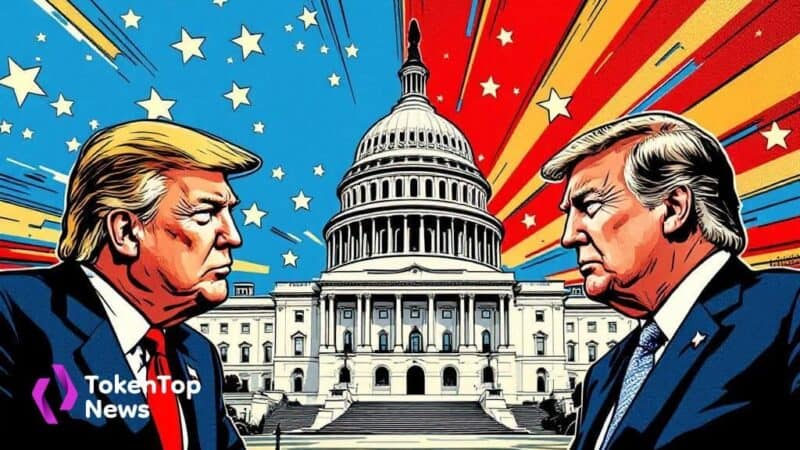Bitcoin Gains Momentum as Institutional Inflows Surge
- Bitcoin BTC -1.07% is viewed as the ultimate catalyst driving bull markets.
- No verified Bitcoin figure is considered for the Fed Chair role.
- Institutional inflows are at record highs impacting market dynamics.

Bitcoin is seen as a pivotal catalyst for crypto markets, with institutional inflows and ETF adoption fueling optimism ahead of late 2025.
This momentum underscores Bitcoin’s growing status as a macro asset, although no evidence supports any Bitcoin figure being considered for Federal Reserve Chair.
Bitcoin is widely seen as the “ultimate bull market catalyst” for crypto, driven by increased institutional inflows. Events such as ETF adoption and macroeconomic trends are contributing to this growing optimism, with assets surpassing significant milestones.
Key players such as BlackRock and Coinbase are heavily involved, defending Bitcoin’s status as a safe haven. Though rumors exist, no credible reports confirm any Bitcoin figures as the next Federal Reserve Chair candidate.
*Raoul Pal*, CEO, Real Vision: “Institutional flows into spot Bitcoin ETFs are unprecedented… Bitcoin is now a global macro asset.”
Institutional exposure to Bitcoin is at peak levels, fueled by Bitcoin spot ETFs. ETH and other assets also benefit due to related demand dynamics, with the cryptocurrency market experiencing substantial impacts.
Financial impacts include increased cold storage balances indicating long-term accumulation. Regulatory clarity via acts such as the EU MiCA and US GENIUS Act stabilizes stablecoins, enhancing DeFi ecosystems and attracting new capital.
Bitcoin’s historical precepts of consolidation and uptrend anticipation continue. Expert Arthur Hayes advocates Bitcoin as a purchasing asset during Federal Reserve rate cuts in a politically influenced monetary environment.
Potential outcomes from these dynamics remain contingent on financial and regulatory stabilization. Current conditions mimic past cycles where institutional inflows and framework clarity spearheaded new bull markets.




